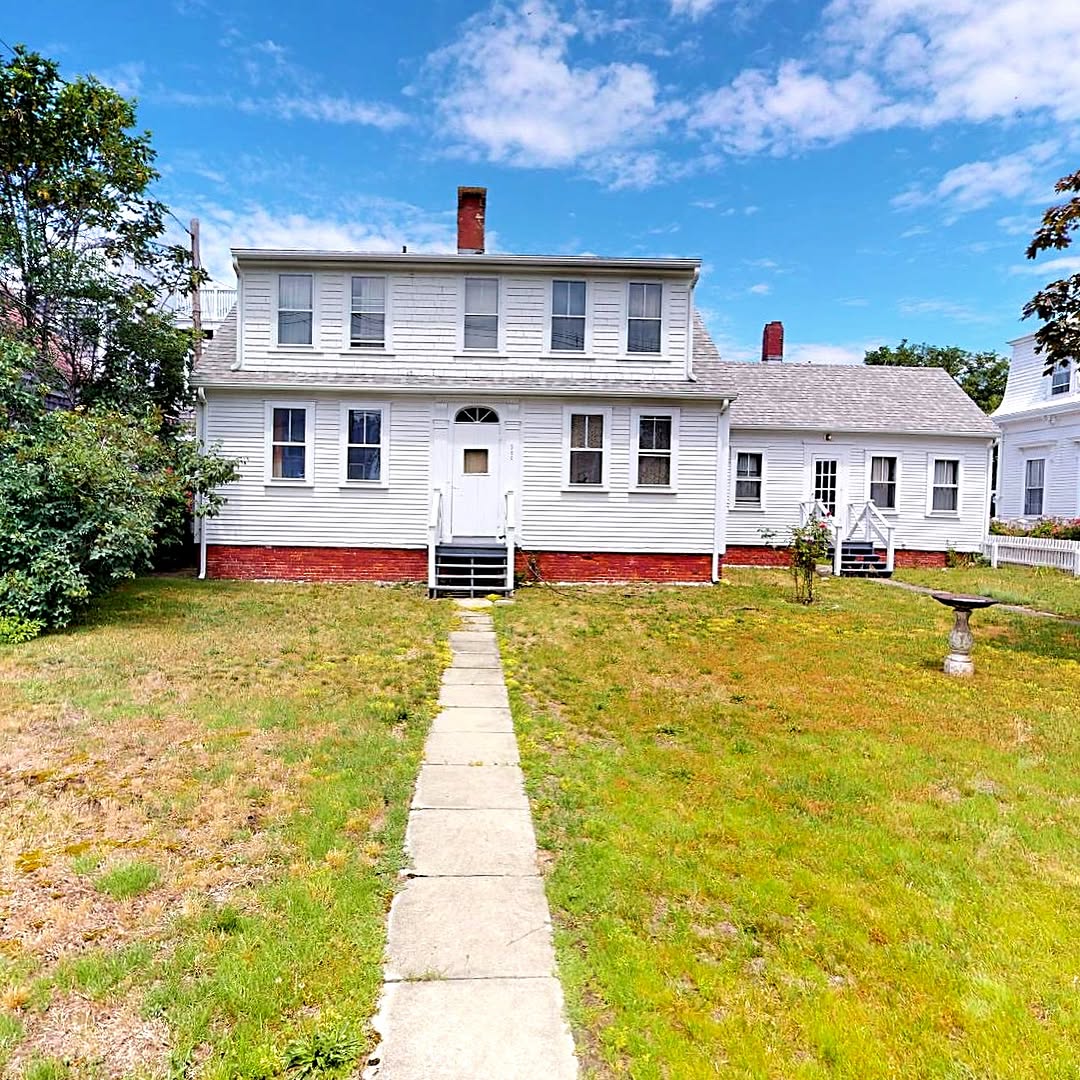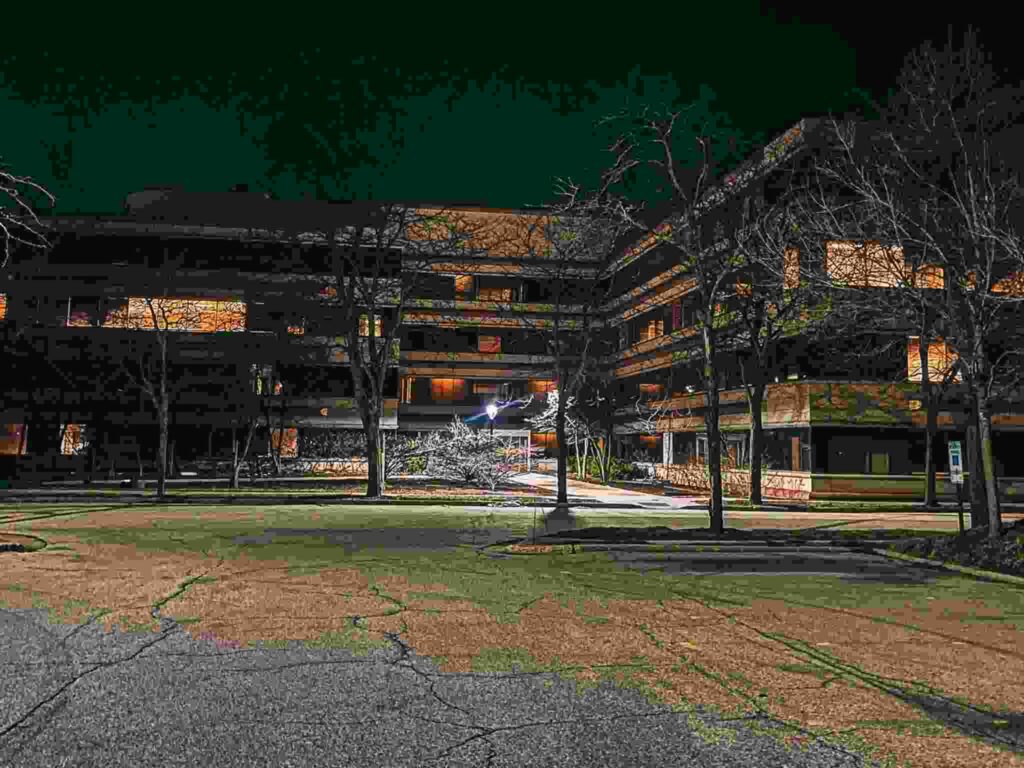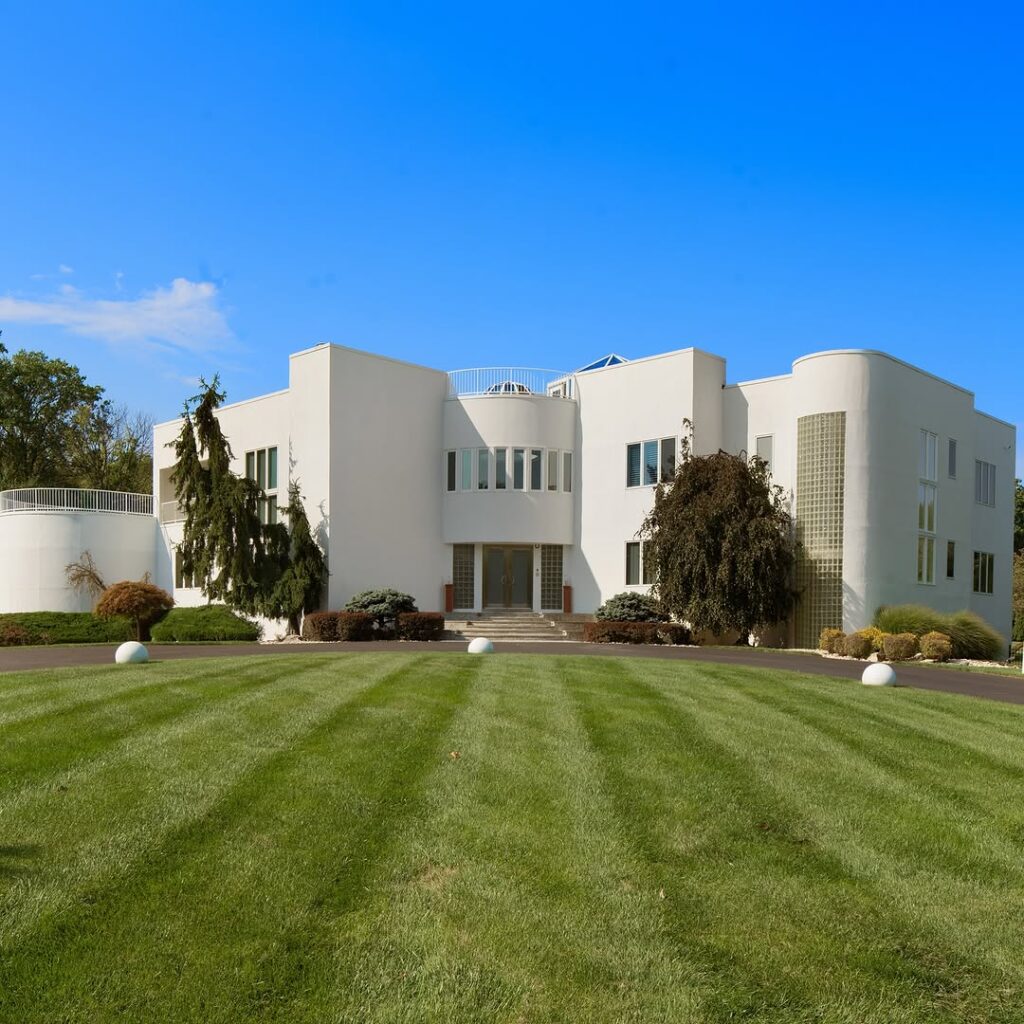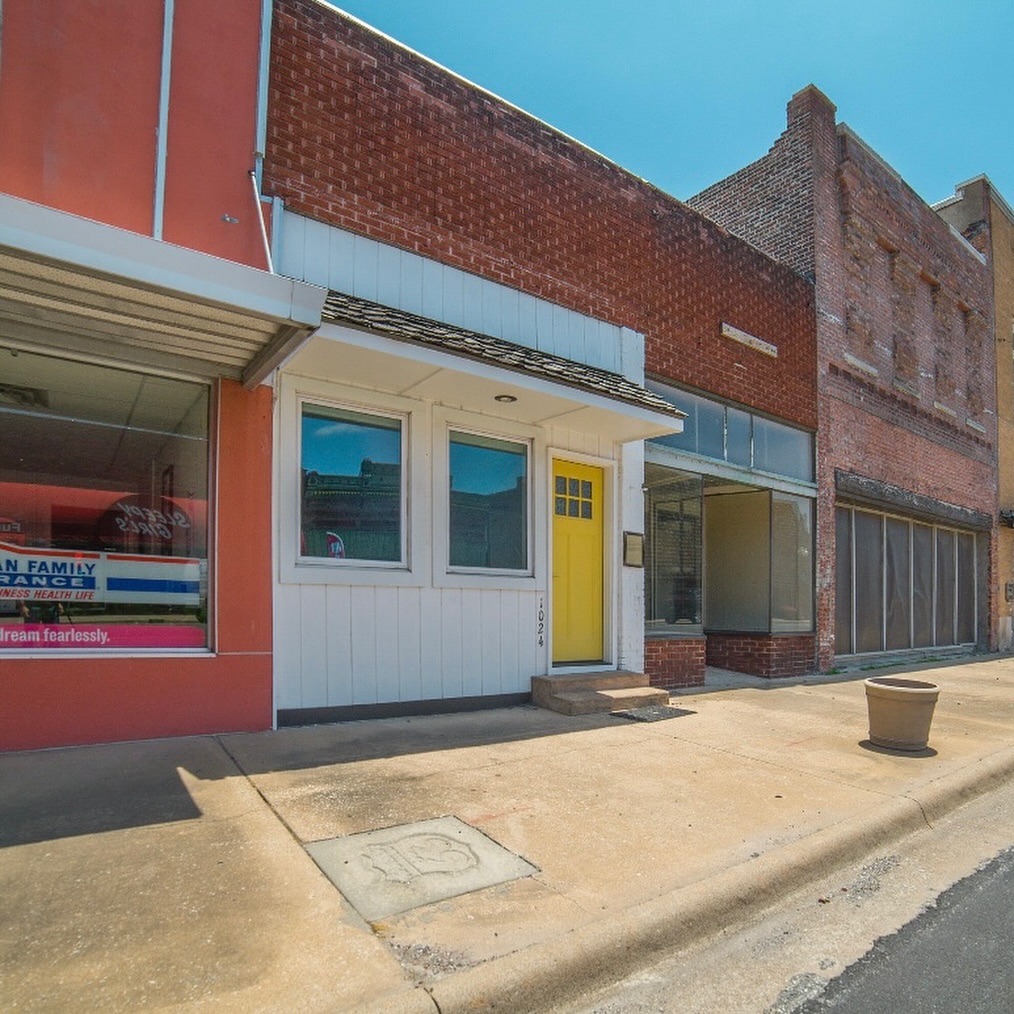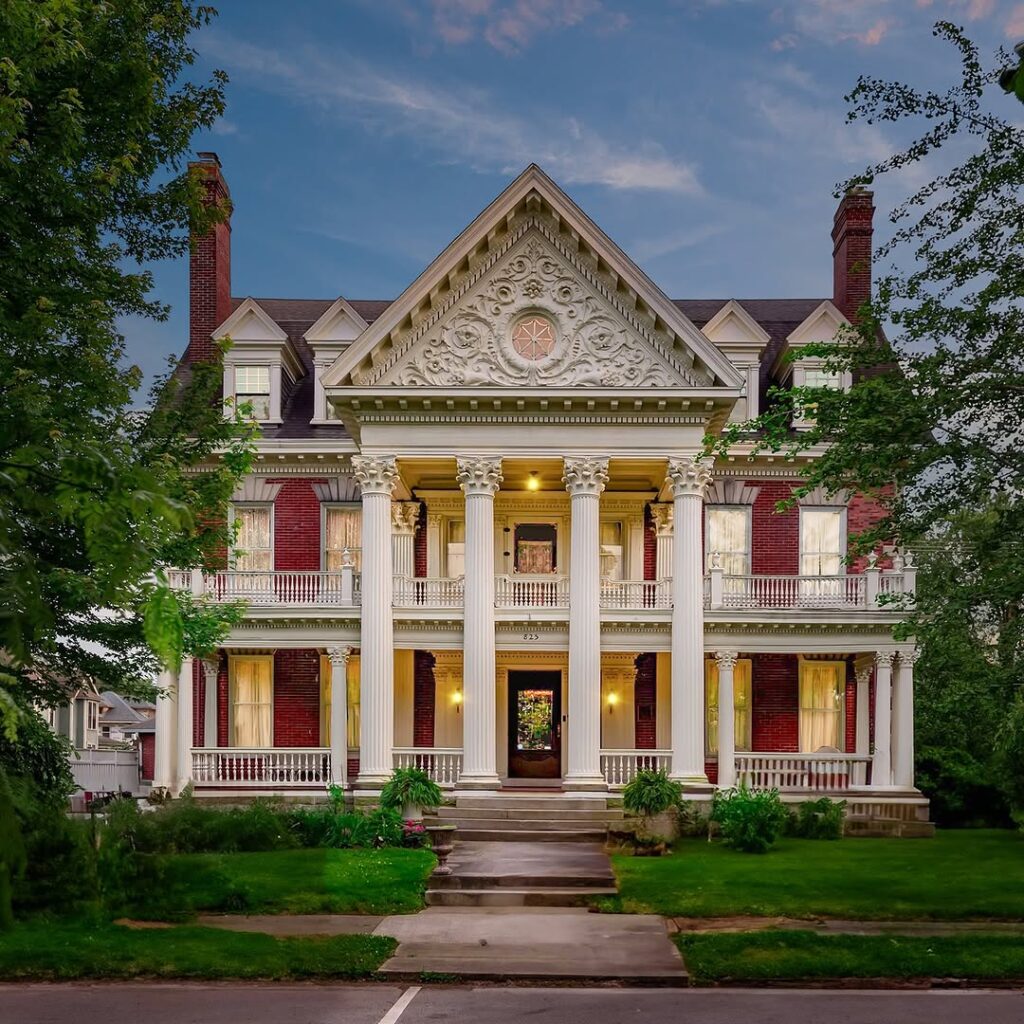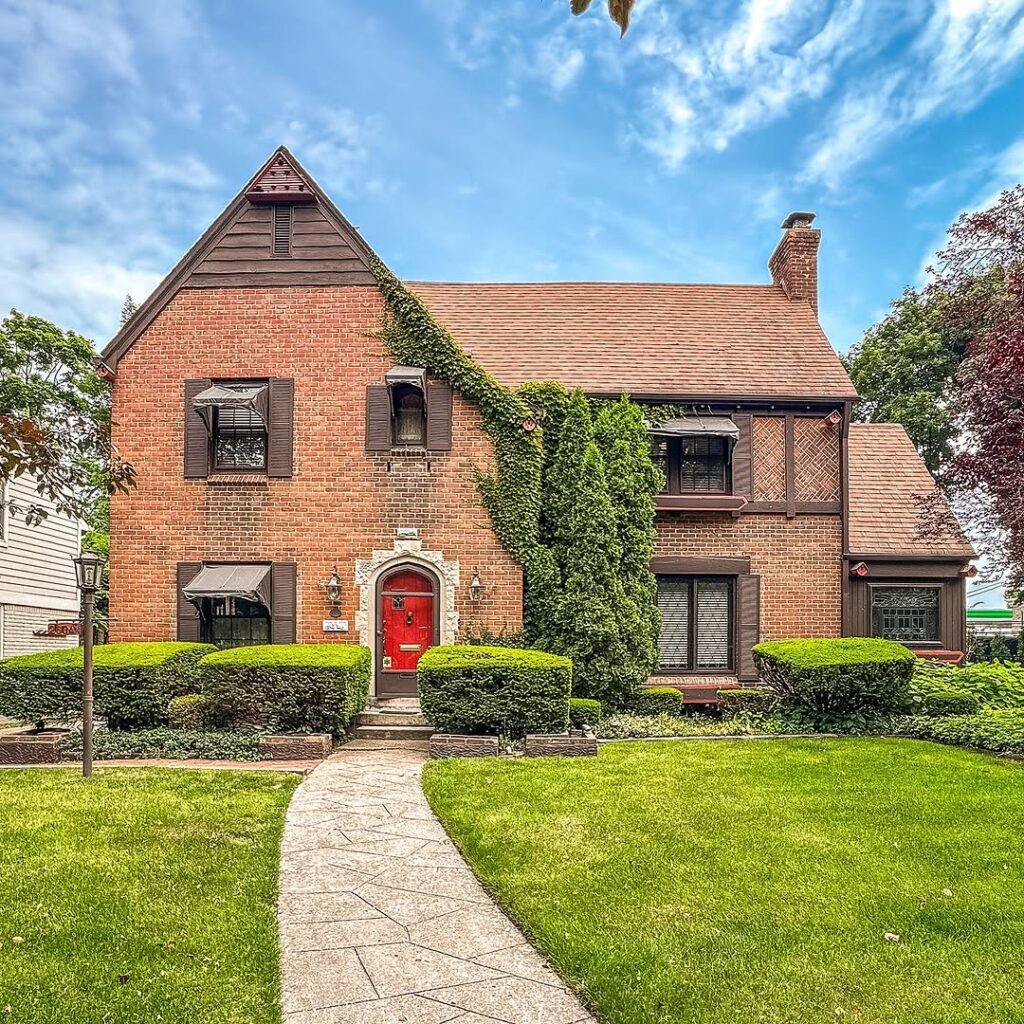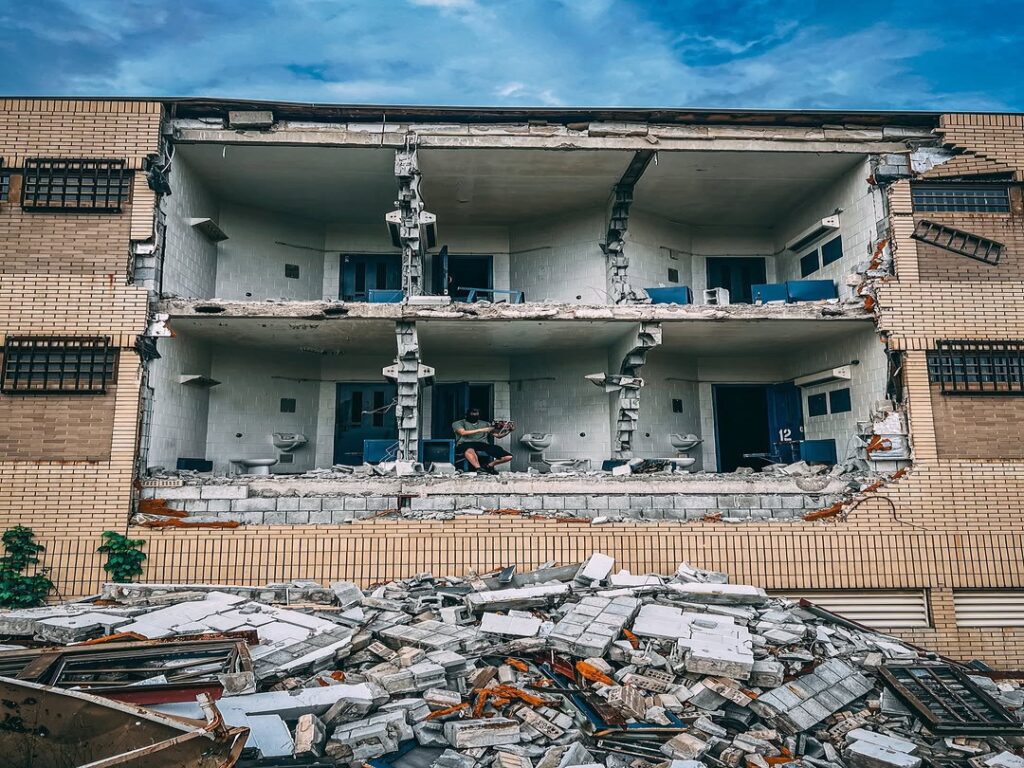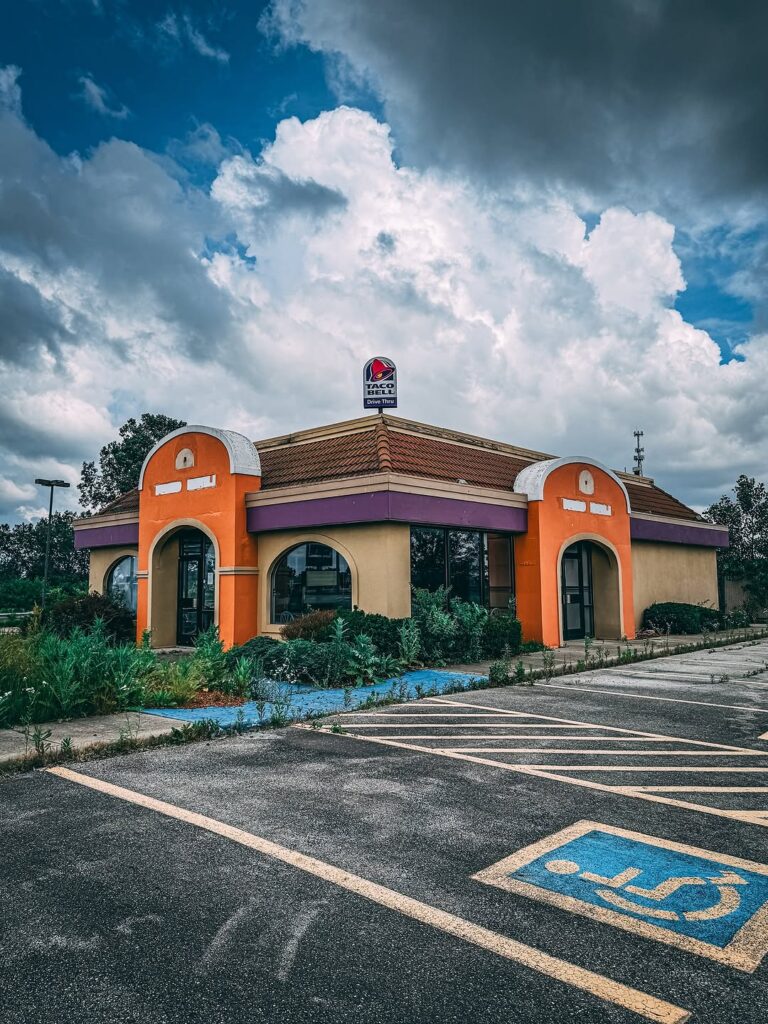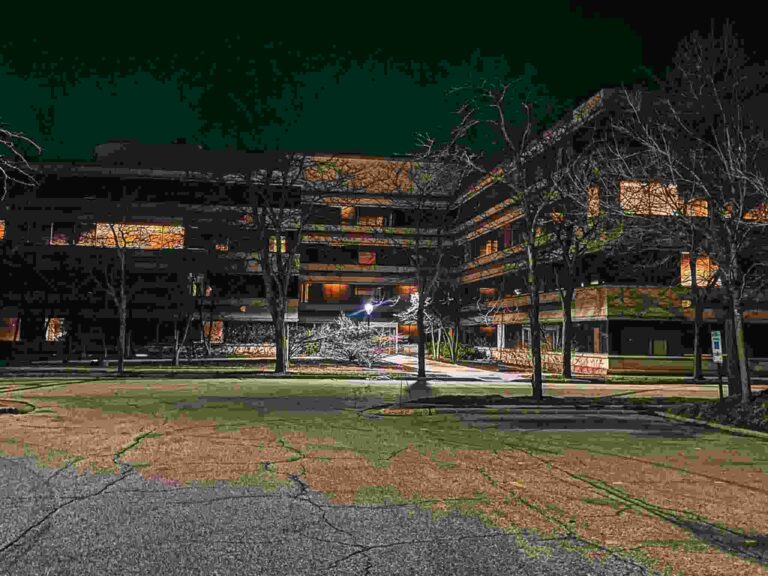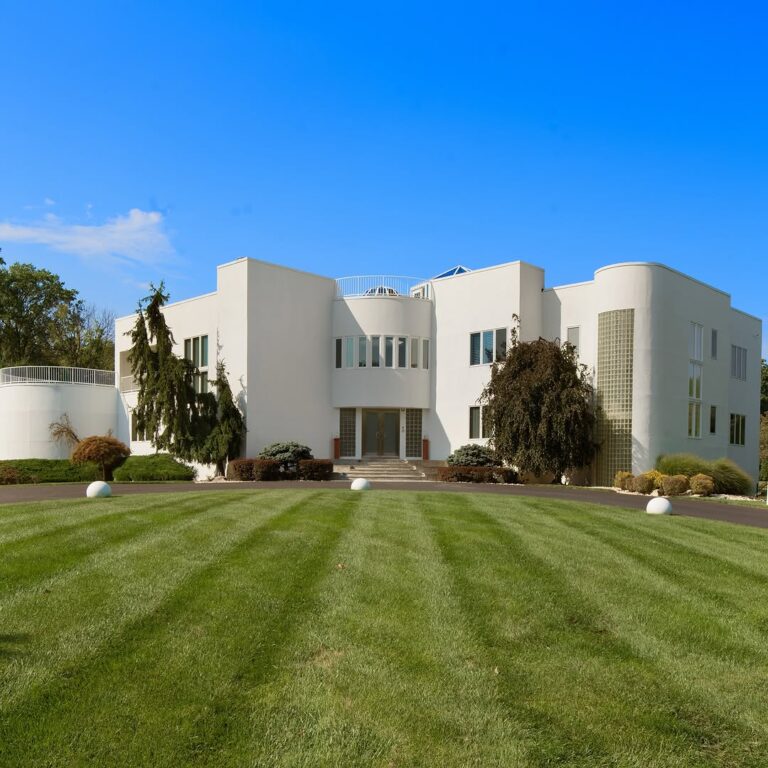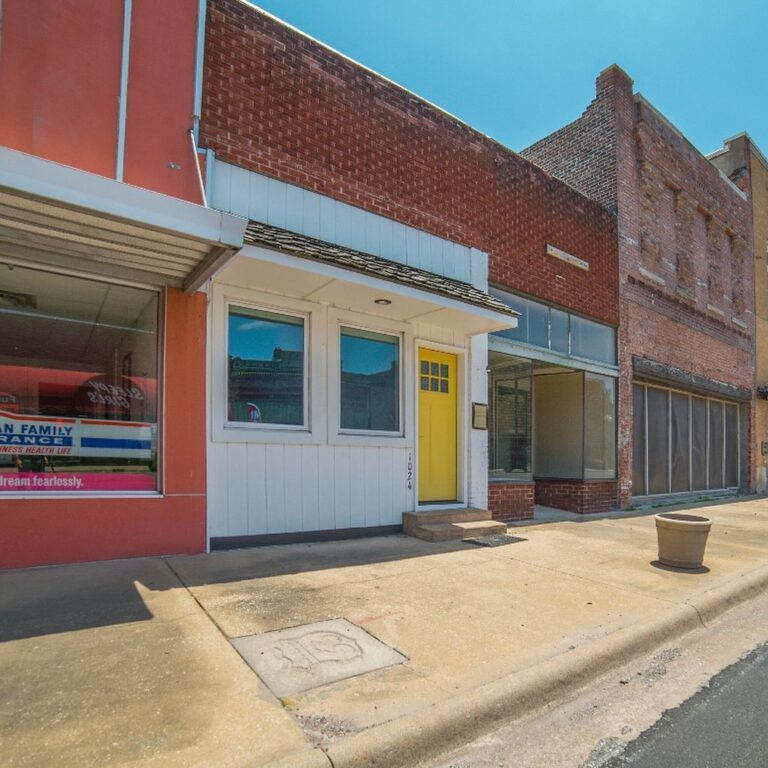The allure of an antique home, particularly one built in the 1850s, lies in its timeless charm, rich history, and unique architectural features. These homes, often characterized by intricate craftsmanship and period-specific details, offer a glimpse into a bygone era while providing a canvas for modern living. Whether you’re a homeowner, a history enthusiast, or someone considering purchasing an 1850s antique home, this guide explores the beauty, challenges, and rewards of living in such a historic property. From architectural styles to preservation tips, we’ll dive into everything you need to know about embracing the charm of an 1850s antique home.
Table of Contents
ToggleWhat Makes an 1850s Antique Home Special?
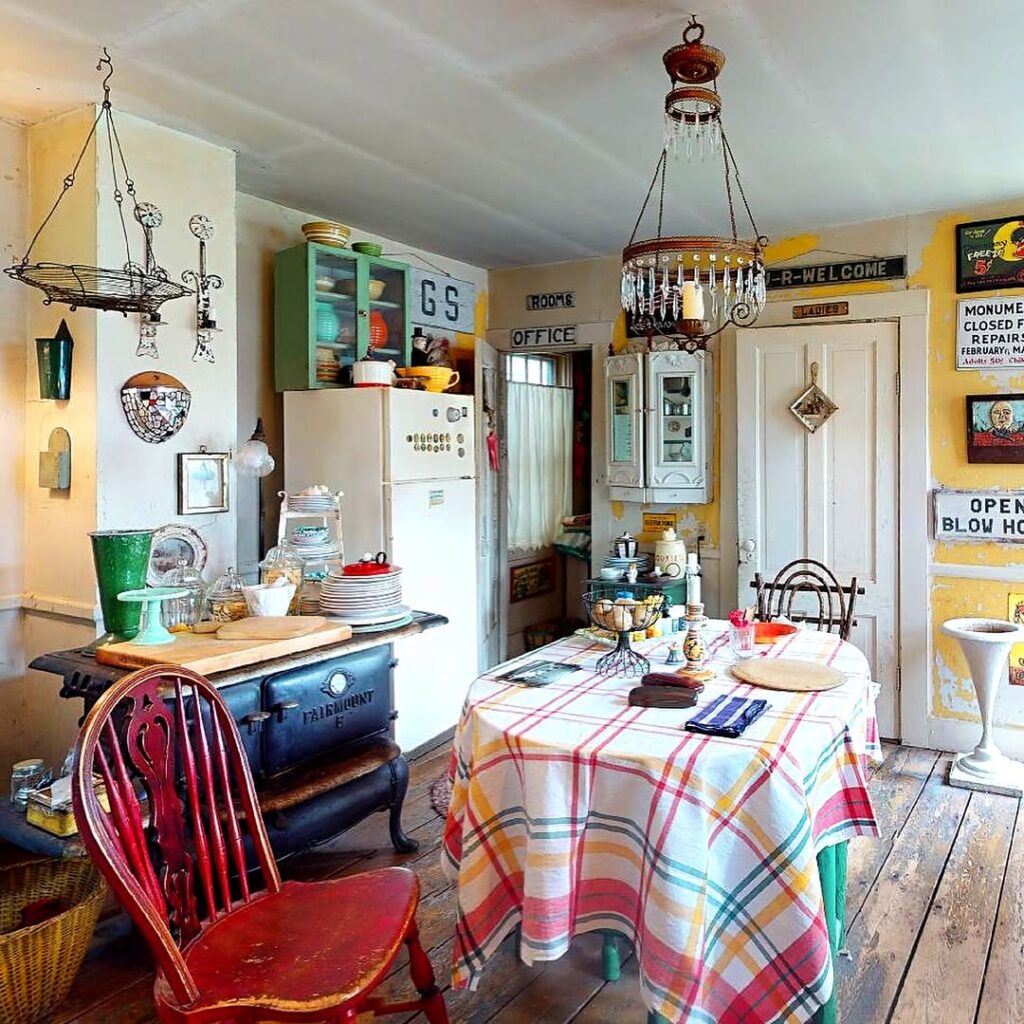
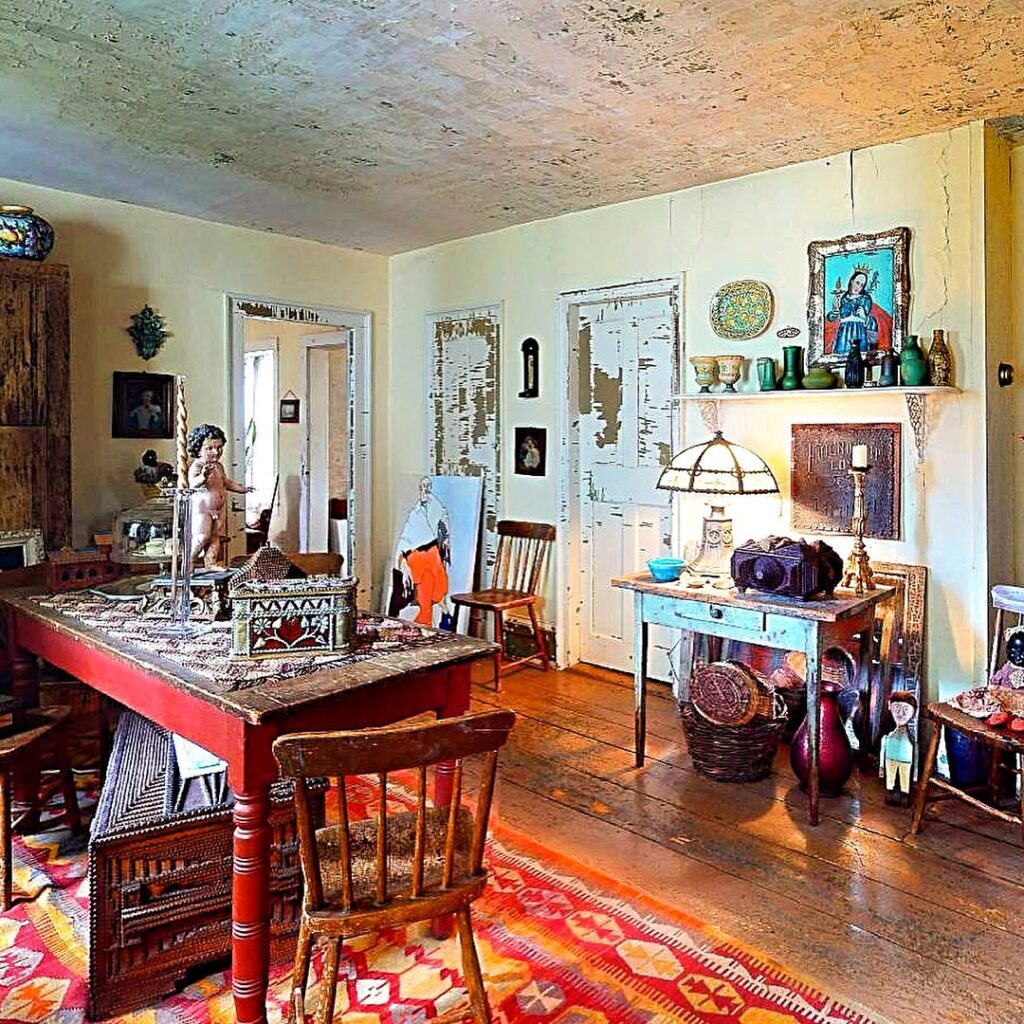

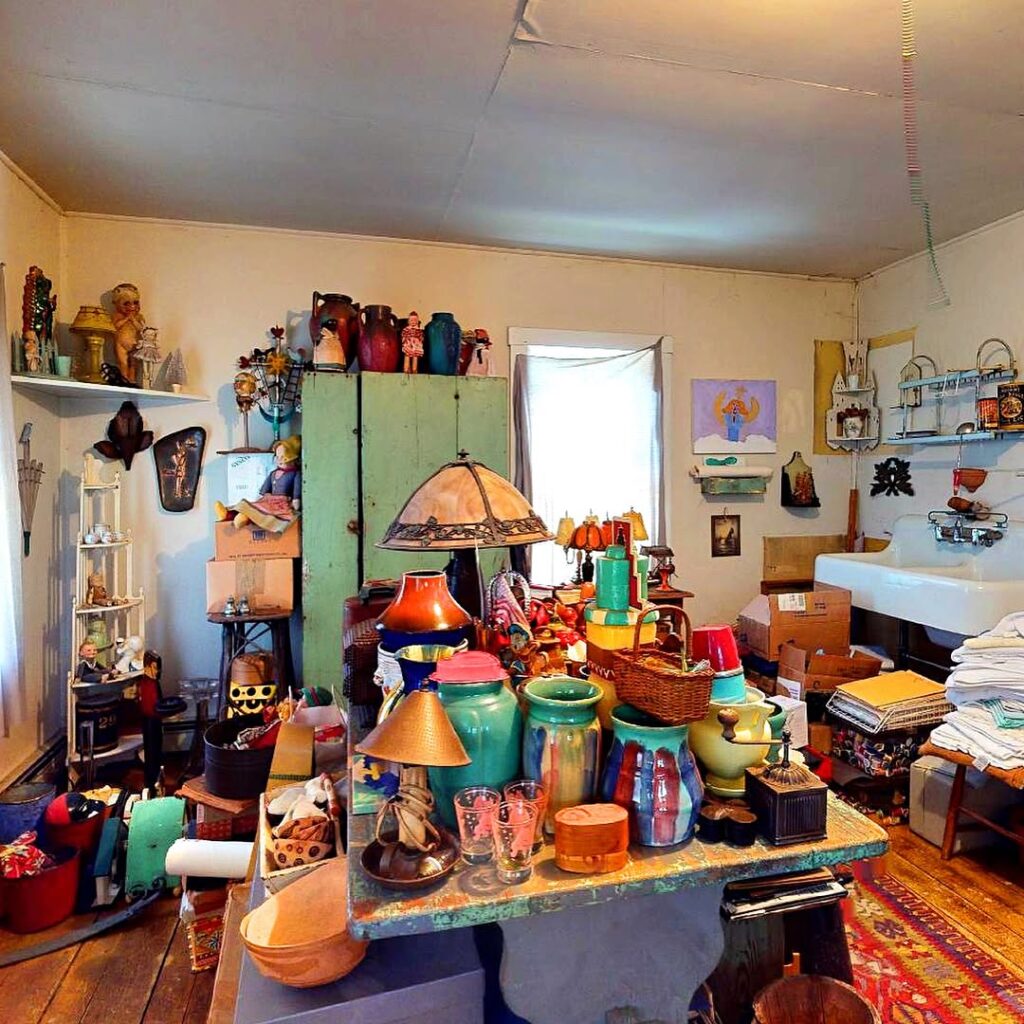
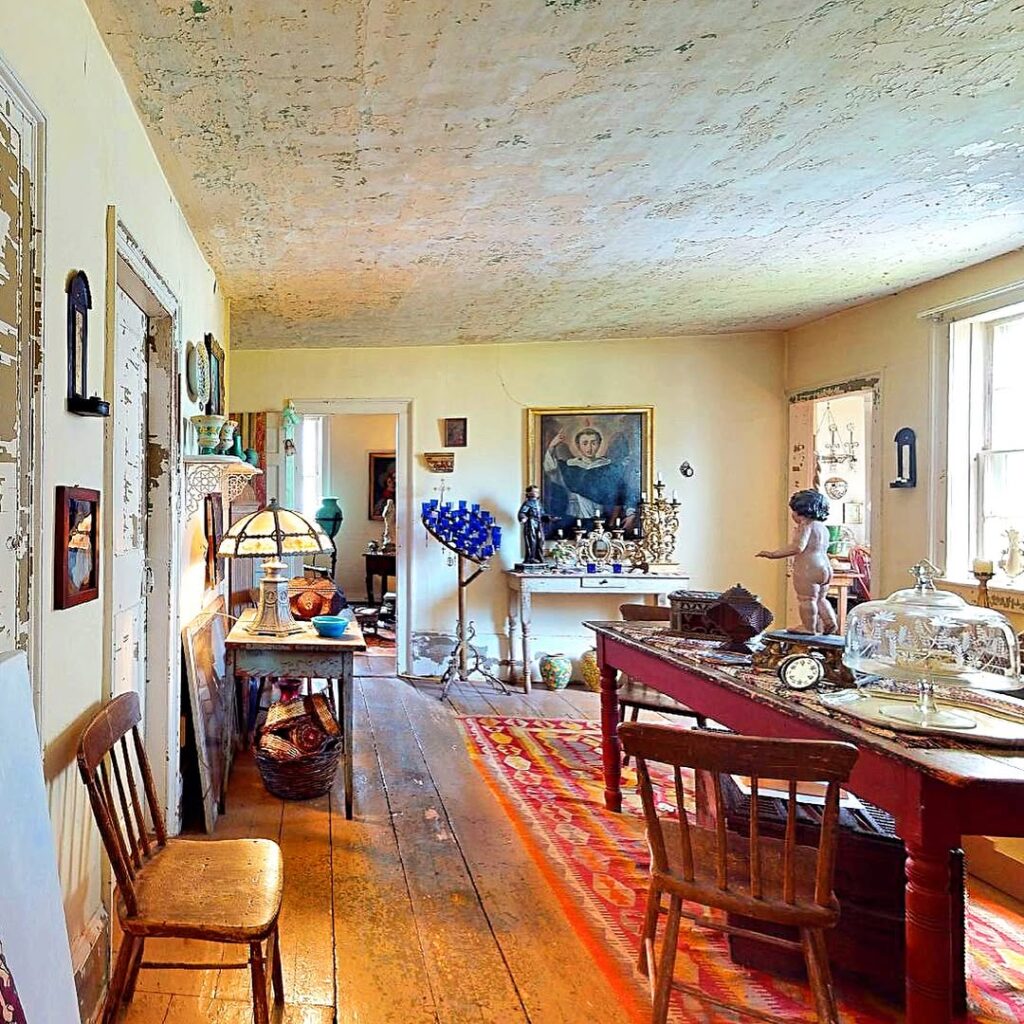

Antique homes from the 1850s hold a unique place in architectural history. Built during a time of rapid industrialization and cultural shifts in the United States and Europe, these homes reflect the design sensibilities and societal values of the mid-19th century. Let’s explore what sets these homes apart.
Historical Context of 1850s Architecture
The 1850s marked a period of transition in residential architecture. This era saw the rise of Romanticism in design, with styles like Greek Revival, Gothic Revival, and Italianate gaining popularity. These homes were often built with durability in mind, using materials like brick, stone, and timber that have stood the test of time. Many 1850s homes feature:
- Symmetrical facades: Common in Greek Revival designs, with balanced windows and door placements.
- Ornate detailing: Gothic Revival homes often included pointed arches, ribbed vaults, and intricate woodwork.
- Wide porches and verandas: Italianate homes emphasized outdoor living with grand porches and decorative cornices.
- High ceilings and large windows: These allowed for ample natural light and ventilation, a hallmark of the era.
Living in an 1850s home means embracing a piece of history, where every creaky floorboard and hand-carved molding tells a story of craftsmanship and heritage.
Unique Features of an 1850s Antique Home
Homes from this period are known for their distinctive features, which add character and charm. Some notable elements include:
- Handcrafted woodwork: Intricate moldings, wainscoting, and built-in cabinetry showcase the artistry of the time.
- Fireplaces: Often found in multiple rooms, these served as both heating sources and decorative focal points.
- Original hardware: Brass doorknobs, hinges, and window latches add authenticity.
- Steeply pitched roofs: Common in Gothic Revival homes, these roofs often featured decorative gables.
- Hardwood floors: Made from oak, pine, or maple, these floors are durable and timeless.
These features make 1850s homes not only beautiful but also a testament to the craftsmanship of the era.
Benefits of Living in an 1850s Antique Home
Owning an antique home from the 1850s offers a blend of aesthetic appeal and practical benefits. Here’s why these homes remain so desirable today.
Timeless Aesthetic Appeal
The architectural details of an 1850s home are hard to replicate in modern construction. From hand-carved banisters to stained glass windows, these homes exude elegance and individuality. For those who appreciate vintage aesthetics, an 1850s home provides a perfect backdrop for antique furniture, period-inspired decor, or even modern minimalist designs that contrast beautifully with the historic setting.
Connection to History
Living in an 1850s home is like stepping into a time capsule. These homes often come with stories of their original owners, offering a tangible link to the past. Researching the history of your home—whether it housed a prominent family, served as a community hub, or witnessed significant historical events—can deepen your appreciation for the property.
Durability and Quality
Homes built in the 1850s were constructed with high-quality materials and techniques designed to last. Thick walls, solid wood beams, and stone foundations contribute to their longevity. With proper maintenance, these homes can remain structurally sound for centuries.
Challenges of Owning an 1850s Antique Home
While the charm of an 1850s home is undeniable, owning one comes with unique challenges. Understanding these can help you make an informed decision about purchasing or maintaining such a property.
Maintenance and Upkeep
Antique homes require regular maintenance to preserve their historical integrity. Common challenges include:
- Aging infrastructure: Plumbing, electrical, and heating systems may need significant upgrades to meet modern standards.
- Wear and tear: Original materials like wood and plaster can deteriorate over time, requiring specialized repairs.
- Costly restorations: Preserving historical features often involves hiring skilled craftsmen, which can be expensive.
Energy Efficiency
Homes from the 1850s were not designed with modern energy efficiency in mind. Single-pane windows, minimal insulation, and drafty fireplaces can lead to higher energy bills. Retrofitting these homes with modern insulation, double-glazed windows, or energy-efficient HVAC systems can be costly but necessary for comfortable living.
Regulatory Restrictions
Many 1850s homes are located in historic districts, which may impose strict guidelines on renovations and modifications. Homeowners may need to obtain permits or approval from preservation boards before making changes, which can limit flexibility.
Tips for Preserving and Modernizing an 1850s Antique Home
Balancing preservation with modern functionality is key to enjoying an 1850s home. Here are practical tips to maintain its historical charm while adapting it to contemporary needs.
Preserving Historical Features
To maintain the authenticity of your antique home:
- Hire specialists: Work with contractors experienced in historic preservation to repair original features like woodwork or plaster.
- Use period-appropriate materials: When replacing elements like windows or flooring, choose materials that match the original style.
- Document changes: Keep a record of renovations to maintain the home’s historical value and assist future owners.
Modernizing for Comfort
To make your 1850s home livable by today’s standards:
- Upgrade utilities: Install modern plumbing, electrical, and HVAC systems while minimizing damage to original features.
- Improve insulation: Add insulation to walls, attics, and floors to enhance energy efficiency without altering the home’s appearance.
- Incorporate smart technology: Discreetly integrate smart thermostats, lighting, or security systems to blend modern convenience with historical aesthetics.
Decorating an 1850s Home
Decorating an antique home allows you to highlight its unique features. Consider:
- Mixing old and new: Pair antique furniture with modern accents for a balanced look.
- Highlighting architectural details: Use paint colors or lighting to draw attention to moldings, fireplaces, or arched doorways.
- Choosing period-inspired decor: Opt for Victorian-era patterns, wallpapers, or fixtures to enhance the home’s historical vibe.
Finding and Buying an 1850s Antique Home
If you’re considering purchasing an 1850s home, there are several factors to keep in mind to ensure a wise investment.
Researching the Market
Antique homes vary widely in price depending on location, condition, and historical significance. Rural areas may offer more affordable options, while homes in historic urban districts can be pricier. Work with a real estate agent specializing in historic properties to find listings that match your budget and preferences.
Inspecting the Property
Before purchasing, conduct a thorough inspection to assess:
- Structural integrity: Check for issues like foundation cracks, roof leaks, or wood rot.
- Historical authenticity: Verify which features are original and which have been replaced.
- Modern upgrades: Determine if utilities have been updated to avoid unexpected renovation costs.
Financing and Insurance
Financing an antique home can be challenging, as some lenders are hesitant to fund properties requiring extensive repairs. Look for specialized mortgage programs for historic homes. Additionally, ensure you can secure insurance that covers the unique risks associated with older properties, such as fire hazards or structural issues.
The Lifestyle of Living in an 1850s Antique Home
Living in an 1850s home is more than just owning a property—it’s a lifestyle choice. Homeowners often find themselves becoming stewards of history, passionate about preserving their home’s legacy. Community events, such as historic home tours or preservation society meetings, can connect you with others who share your enthusiasm for antique homes.
Community and Connection
Many owners of 1850s homes find a sense of community among fellow history buffs. Joining local historical societies or online forums can provide resources, support, and inspiration for maintaining your home. Sharing your home’s story can also foster a deeper connection to your local area.
A Blend of Past and Present
An 1850s antique home offers a unique opportunity to blend the past with the present. Whether you’re hosting dinner parties in a grand dining room or relaxing by a restored fireplace, these homes create a living experience that’s both nostalgic and forward-looking.
Conclusion
An 1850s antique home is more than just a place to live—it’s a piece of history, a work of art, and a testament to enduring craftsmanship. While owning such a home comes with challenges, the rewards of preserving its beauty and living in a space steeped in character are unmatched. By understanding the architectural significance, addressing maintenance needs, and thoughtfully modernizing the property, you can create a home that honors its past while embracing the comforts of today. Whether you’re drawn to the intricate details, the historical significance, or the timeless charm, an 1850s antique home offers a unique and rewarding living experience.
![]()
Abandonedplace.com is your premier online destination for discovering and share the Top 50 abandoned places in the world. Our platform is dedicated to discovering the mystery, history and beauty of forgotten places through the Lenses of Urban Exploration

